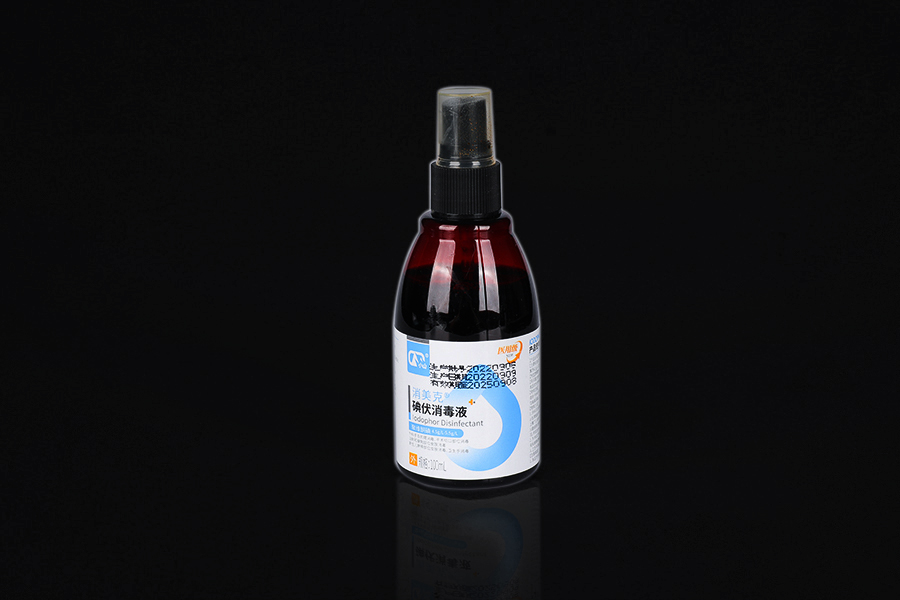Iodophor disinfectants kill or inhibit the growth of microorganisms through several key mechanisms:
Release of Free Iodine: Iodophors are compounds that release free iodine when dissolved in water. Free iodine is the active antimicrobial agent responsible for the disinfectant's efficacy. It penetrates microbial cell walls and interacts with cellular components.
Disruption of Cell Membranes: Once inside the cell, free iodine disrupts the lipid membranes, leading to increased permeability. This disruption can cause essential cellular contents to leak out, ultimately resulting in cell death.
Denaturation of Proteins: Free iodine interacts with proteins within the microbial cell, causing denaturation. This alters the structure of proteins essential for various cellular functions, disrupting metabolic processes and inhibiting growth.

Inhibition of Nucleic Acid Synthesis: Iodine can also bind to nucleic acids (DNA and RNA), interfering with their synthesis and function. This inhibition affects the ability of the microorganism to replicate and produce essential proteins, leading to growth arrest or death.
Broad-Spectrum Activity: Iodophors are effective against a wide range of microorganisms, including bacteria, viruses, fungi, and protozoa. Their multifaceted action mechanisms contribute to this broad-spectrum efficacy, making them suitable for various disinfection applications.
Time and Concentration Dependent: The effectiveness of iodophors is influenced by concentration and contact time. Higher concentrations and longer contact times generally lead to greater antimicrobial activity, allowing for more thorough disinfection.
Iodophor disinfectants kill or inhibit microorganisms through the release of free iodine, which disrupts cell membranes, denatures proteins, and inhibits nucleic acid synthesis. This multifactorial mechanism allows iodophors to effectively combat a wide range of pathogens, making them valuable in healthcare, food safety, and other applications.

 English
English 中文简体
中文简体








